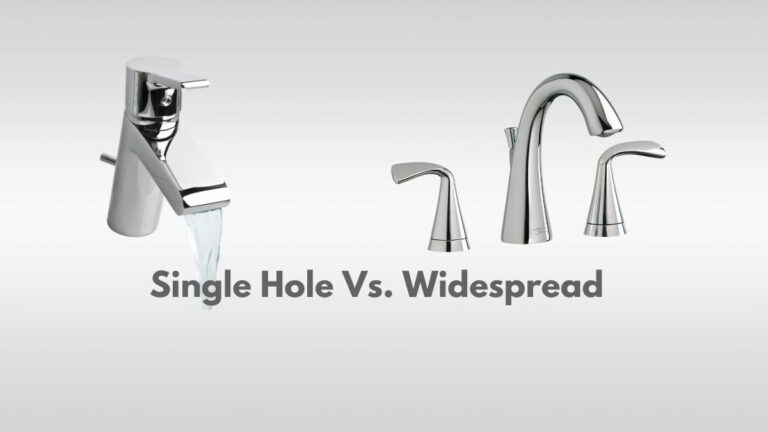How Long Does Bathtub Refinishing Last
If you’re looking to refresh your bathroom without the hefty price tag of a full remodel, bathtub refinishing often seems like the perfect fix. But before you decide, you might be wondering: how long does bathtub refinishing actually last? Knowing the typical lifespan and what affects it can help you make an informed choice that saves money and extends the life of your tub. In this text, we’ll break down everything you need to know about bathtub refinishing durability, maintenance, and when it’s time to consider refinishing versus replacement.
Understanding Bathtub Refinishing
Bathtub refinishing, also known as reglazing or resurfacing, involves applying a new coating over your existing tub’s surface. This process repairs minor imperfections like cracks, chips, and stains while giving your bathtub a fresh, glossy finish. Typically, the refinishing starts with thorough cleaning and sanding, followed by applying adhesion primers and multiple coats of durable paint or resin. The result is a tub that looks almost brand new without the cost and disruption of a full replacement. But, it’s important to understand that refinishing doesn’t change the tub’s underlying material or structural integrity, it’s a cosmetic upgrade designed to extend life and appearance.
Typical Lifespan of Bathtub Refinishing
On average, bathtub refinishing lasts anywhere from 5 to 10 years. The exact duration depends heavily on how the tub is used and maintained. In highly trafficked bathrooms, such as those in busy households, the finish may wear closer to the 5-year mark. Less frequently used tubs with gentle care can stay vibrant up to or even beyond a decade. Remember, refinishing doesn’t offer a permanent fix like replacing the entire tub does, it’s a cost-effective temporary renewal. Still, a good-quality resurfacing job by a professional can keep your tub looking beautiful for many years, delaying the need for costly renovation.
Factors Influencing the Longevity of Refinishing
Several factors come into play when it comes to how long your bathtub refinishing will last, some within your control, others less so. Awareness of these can help you maximize your investment.
Proper Maintenance to Extend Refinishing Life
Regular maintenance is the single best way to prolong the life of your refinished bathtub. Avoiding harsh chemicals, wiping down the surface after use, and repairing any chips promptly can prevent deterioration. Installing a bath mat can also protect the surface from heavy objects or abrasive scrubbing.
Cleaning Practices That Help Maintain the Finish
When cleaning your refinished tub, opt for mild, non-abrasive cleaners. Products containing bleach, ammonia, or other harsh solvents can break down the protective coating over time. Instead, use gentle dish soap or specialized bathtub cleaners recommended by your refinishing technician. Avoid rough scrub brushes: a soft sponge or cloth will do the job without scratching the finish.
Avoiding Damage To Prolong Durability
Beyond cleaning and maintenance, preventing damage is key. Avoid dropping heavy objects or standing aggressively on the tub’s surface. Even small impacts can cause chips and cracks in the refinished layer. Also, steer clear of placing extremely hot items directly on the tub, as sudden temperature changes can cause the coating to crack or peel. Remember, the refinish is not as resilient as the original porcelain or acrylic, so gentle use is critical to keeping it looking new.
Signs It’s Time to Refinish or Replace Your Bathtub
Over time, you’ll notice several telltale signs that your bathtub’s refinishing is wearing thin. Look out for peeling or flaking paint, deep staining that won’t come off, or areas where the finish feels rough or chalky. Such issues indicate the coating has degraded and the tub needs attention.
At this stage, you have two options: refinish again or replace the tub entirely. If the underlying tub is still in good shape, no structural cracks or leaks, then another refinishing can be a cost-effective choice. But if the tub’s base is damaged, corroded, or the plumbing needs upgrading, replacement might be the better long-term investment.
Cost-Benefit Analysis: Refinishing vs. Replacement
When deciding between refinishing your bathtub or replacing it, you’ll want to consider cost, time, and the expected lifespan of each option.
Choosing a Professional Refinishing Service
Hiring a professional service ensures high-quality materials and an expert finish that lasts longer. Professionals typically charge between $350 to $600 for refinishing, a fraction of the $1,000 to $3,000 or more required for a full tub replacement. Plus, refinishing can often be completed in a day or two, minimizing bathroom downtime.
What to Look for in a Refinishing Contractor
When selecting a contractor, check for certifications, positive reviews, and examples of past work. A reputable refinishing service will use durable, low-VOC coatings and follow strict preparation protocols to achieve a smooth, long-lasting finish. Don’t hesitate to ask about warranties and maintenance tips, these indicate confidence in their job and help you protect your investment.
DIY Refinishing: Pros and Cons
DIY bathtub refinishing kits are available and can be tempting to save some money. While they allow you to tackle the job on your schedule, there are trade-offs.
Pros include affordability and the satisfaction of doing it yourself. Cons are significant, surface preparation is crucial and tricky, and the finish quality often falls short of professional results. Uneven coating, bubbles, or poor adhesion can lead to a short-lived finish, costing you more in the long run if you have to redo the work.
If you choose to DIY, follow all instructions carefully, ensure proper ventilation, and invest in a quality kit. Still, for the best durability and appearance, hiring a pro is usually your safer bet.
Conclusion
Bathtub refinishing offers a practical and affordable way to breathe new life into your bathroom. With a typical lifespan of 5 to 10 years, the key to maximizing durability lies in proper maintenance, gentle cleaning, and avoiding damage. When done right, and ideally by a professional, refinishing can be a smart middle ground between living with a worn tub and the cost and hassle of full replacement. By understanding the factors that impact longevity and spotting early warning signs, you can keep your bathtub looking pristine and decide the right time to refinish or replace. So, go ahead and enjoy a refreshed tub without very costly, armed with the knowledge to keep it looking great for years to come.


